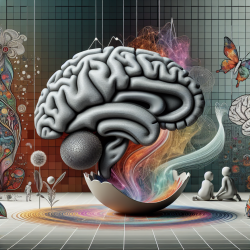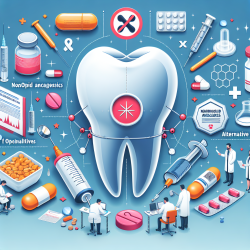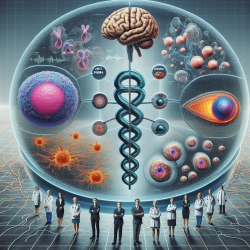Understanding the Cerebellum's Impact on Autism Symptoms
The cerebellum, often associated with motor control, is increasingly recognized for its role in cognitive and affective processing. Recent research highlights its significance in autism spectrum disorder (ASD), providing new insights for practitioners in speech language pathology and related fields.
Key Findings from Recent Research
A study titled "Cerebellar gray matter and lobular volumes correlate with core autism symptoms" utilized voxel-based morphometry (VBM) and the SUIT cerebellar atlas to analyze cerebellar structures in children with ASD compared to typically developing (TD) children. The study found significant reductions in gray matter (GM) in the cerebellar lobule VII (Crus I/II) among ASD participants. These reductions correlated with the severity of autism symptoms, particularly in social interaction, communication, and repetitive behaviors.
Implications for Practitioners
Understanding these structural differences can guide practitioners in tailoring interventions. Here are some ways to apply these findings:
- Targeted Interventions: Focus on activities that enhance social interaction and communication, as these areas are directly linked to cerebellar GM reductions.
- Multidisciplinary Approach: Collaborate with neurologists and psychologists to create comprehensive treatment plans that address both motor and cognitive aspects of ASD.
- Continued Research: Encourage further studies to explore the cerebellum's role in ASD, potentially leading to new therapeutic targets.
Encouraging Further Research
While this study provides valuable insights, it also highlights the need for further exploration into the cerebellum's role in ASD. Practitioners are encouraged to stay informed about ongoing research and consider participating in studies to advance the understanding of ASD.
Conclusion
The cerebellum's involvement in ASD underscores the complexity of the disorder and the importance of a holistic approach to treatment. By integrating these findings into practice, practitioners can enhance their strategies and contribute to improved outcomes for children with ASD.
To read the original research paper, please follow this link: Cerebellar gray matter and lobular volumes correlate with core autism symptoms.










